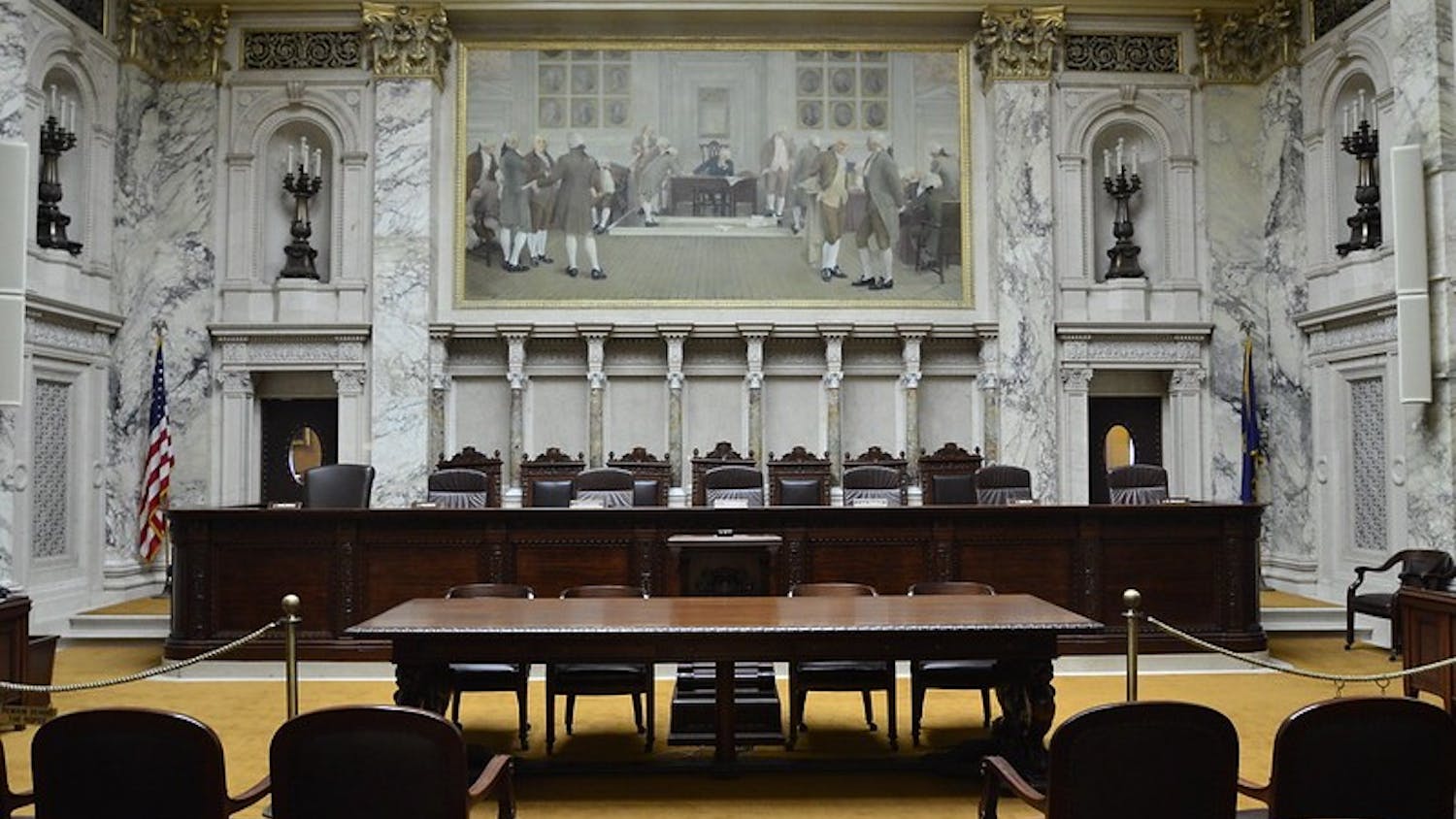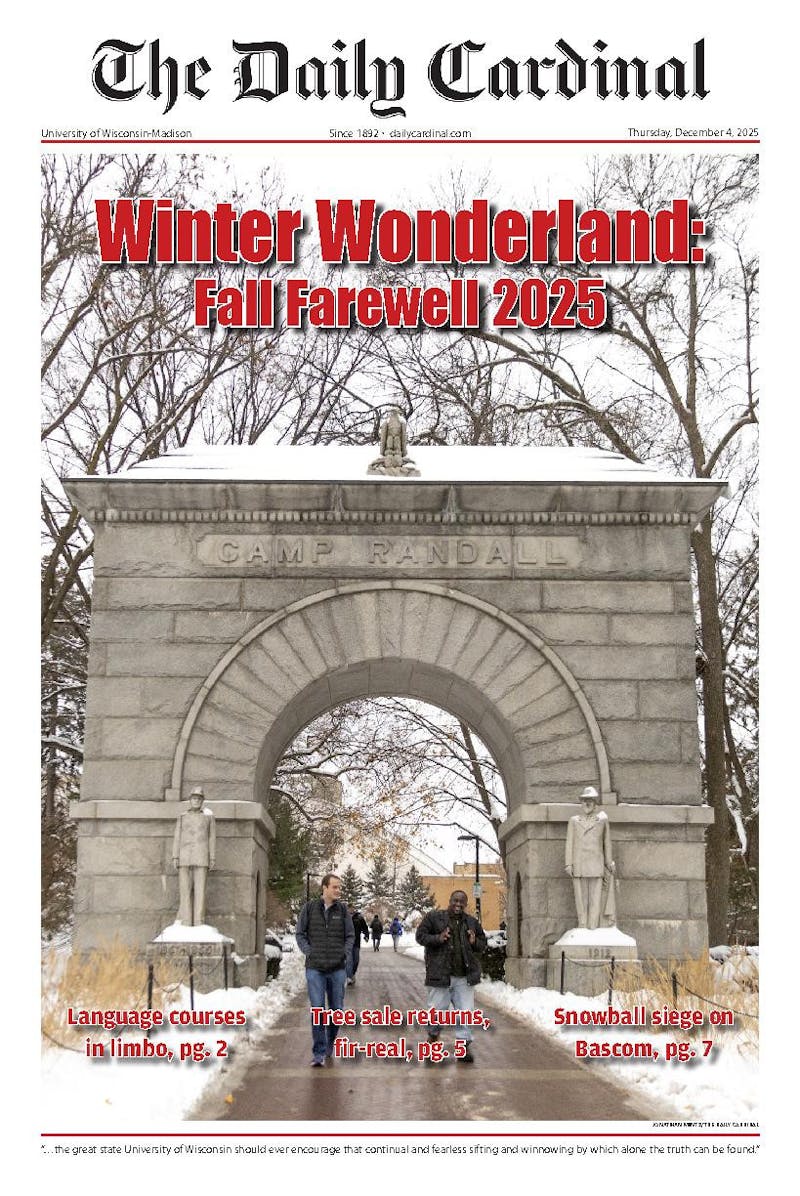Can you hear it? It starts off softly, like a warm summer breeze drifting across your face, and slowly its strength builds. Bass, resonance, pure volume all increase twofold. The ground rumbles beneath your feet, the air starts to vibrate, and then you hear it. \Ru-dy, Ru-dy, Ru-dy.""
This chant is the battle cry for anyone trying to be a walk-on athlete in college sports. The story of Rudy Ruettiger of Notre Dame provides inspiration, motivation and most importantly, hope to any and all aspiring walk-ons.
Unfortunately, this storybook ending is becoming less and less common across America's college campuses and even right here at the UW-Madison. There are still stories of walk-ons making huge contributions to teams (see sophomore safety Jim Leonard), but long gone are the days of showing up unannounced on the first day of practice to prove yourself and possibly make the team.
Thirty years ago a monumental change happened in the world of sports. Title IX was passed, requiring equality in sports for men and women. Title IX provided equality in programs, funding and participation. Little did some men's coaches know that this, coupled with program budget woes, would hurt their chances to fill a roster.
With equal numbers being enforced throughout the athletic program, some men's teams are losing funding and players, most notable the ability to take on walk-ons.
""I think there are more walk-ons often in men's sports. A lot of the time some of the men's sports don't have the funding women's sports have,"" UW women's volleyball Head Coach Pete Waite said. ""Even in volleyball, nationally, men have four and a half scholarships, women have 12. So there are going to be a lot more walk-on situations.""
The path of a walk-on is a rough, bumpy and difficult road. Most Division I-A programs rarely take untested walk-ons. In fact the Rudys of college sports are being replaced by the new wave of invited walk-ons. A walk-on first has to prove himself or herself worthy of a chance to try-out.
""It is pretty tough because you really have to prove yourself to be on the court on a regular basis. Sometimes it's even over the course of a couple years,"" Waite said. ""It's just a real battle, especially in our program right now. We have five walk-ons, four of which are defensive specialists. They are all really battling to get on the court, much less get
a scholarship.""
In a recent article by Bill Pennington of The New York Times, many men's programs at other colleges lamented being faced with budget problems and roster caps. More and more students looking to walk-on are being turned away simply because there is no extra roster room
for them.
Special cases do arise, however. Just last year, due to injuries and loss of players, the men's basketball team was put in the situation where they needed to hold open tryouts to foster a practice squad. But this was a rare circumstance and normally one would have to be the second Michael Jordan to warrant a tryout with the team.
Often walk-on players face the problem of not even being given the chance to get a chance. Some programs would rather focus more attention on recruiting than perhaps finding a diamond in the rough.
""[Trying to walk-on] is a tough route to take considering the amount of time and effort we put into recruiting. We have a pretty good handle on the top players in the state and in the region,"" UW men's soccer Head Coach Jeff Rorhman said. ""It's a difficult way to get on a team and have an impact.""
So many potential college athletes are left in the dark. Some athletes are discouraged to even try out because they already know of their untimely fate. High school sports provided an outlet for many to express themselves then. College athletics is no different. The team friendships forged in heated battles last lifetimes. Not a single college student should be denied at least the chance to have that experience.
Can you hear it ... start to fade?





